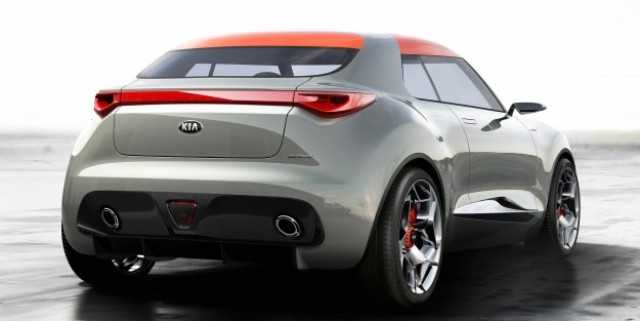
Kia will debut its new seven-speed dual-clutch automatic transmission in 2014.
The South Korean manufacturer featured a seven-speed twin-clutch gearbox in its Kia Provo concept car (main image) at the 2013 Geneva motor show, but says a production version isn’t far off.
The company’s first dual-clutch unit was a six-speeder that featured only in the European market Kia Cee’d hatchback.
Dr Joachim Hahn, the company’s head of drivetrain engineering, told Australian media at the show that development of the dual-clutch transmission (DCT) was well on track but set for more sportier Kias.
“We’re not developing the seven-speed dual-clutch transmission only for the show car,” said Dr Hahn. “Think possibly next year we will see the first application of the first seven speed dual-clutch gearbox.
“The idea is to combine that seven-speed [DCT] with a slightly more powerful engines than we are currently doing.”

Dr Hahn said the Kia Pro_Cee’d GT (below), which has just been confirmed for Australia, was typical of the kind of vehicle suitable for the DCT.
The GT is powered by a 1.6-litre turbocharged four-cylinder with 150kW and 265Nm.
Dr Hahn says the company is developing a twin-clutch gearbox due to the benefits in terms of fuel efficiency.
He admits one of the challenges for the development is stop-start driving, where some current applications of the gearbox technology can be jerky in urban driving.

“One challenge in comparison to the torque converter auto is the take-off,” says Dr Hahn. “To ensure take off on a high hill or inclination… that is clearly something where we see challenges for DCT. Whereas you can have some slip for the torque converter, this is not possible for the dual-clutch.
“It is the reason why most of our vehicles are equipped with hill hold. I’m pretty sure the application with DCT will also happen.”
Dr Hahn says Kia will continue to offer both dual-clutch and torque converter automatics, with their use determined by the particular vehicle or market.
“We clearly see different markets, especially Asian markets, where the torque converter auto is of high acceptance.”





